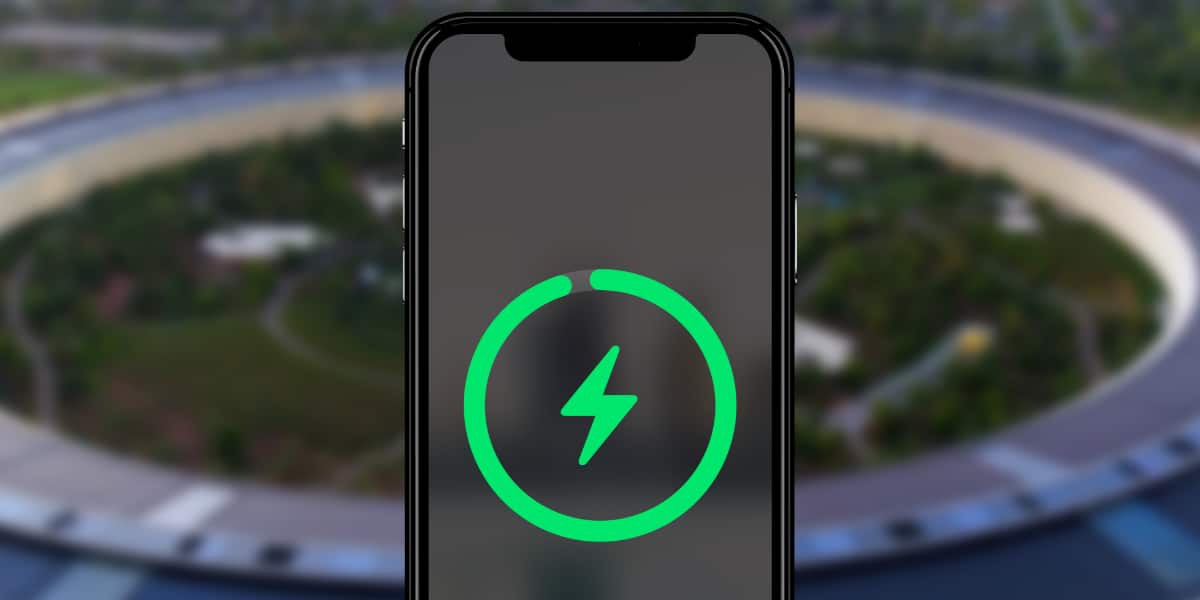
We lived live the presentation of the new iPhone 12 range on our YouTube channel when from Cupertino they reported good news: Their plans to continue improving the planet and reducing its CO2 emissions. Unfortunately this was accompanied by very bad news: New Apple iPhones will not include the charger.
However, this move by Apple is more controversial than any other, leaving behind the elimination of the headphone jack or the use of the Lightning port. Apple has made a huge mistake by removing the charger from iPhones and it is something that negatively affects users.
The reasons that Apple uses
According to the Cupertino company currently there are more than 2.000 billion of its chargers around the world, All this if you count the chargers of third-party manufacturers, that is, we are talking purely about data that the company offers. In fact, many of you who are here reading this article right now will have several of these scattered around the house.
Another reason given is that eliminating the charger and the EarPods will save a very important space, so much so that they are allowed to store 70% more devices if we compare it with the iPhone 11 box, for example.
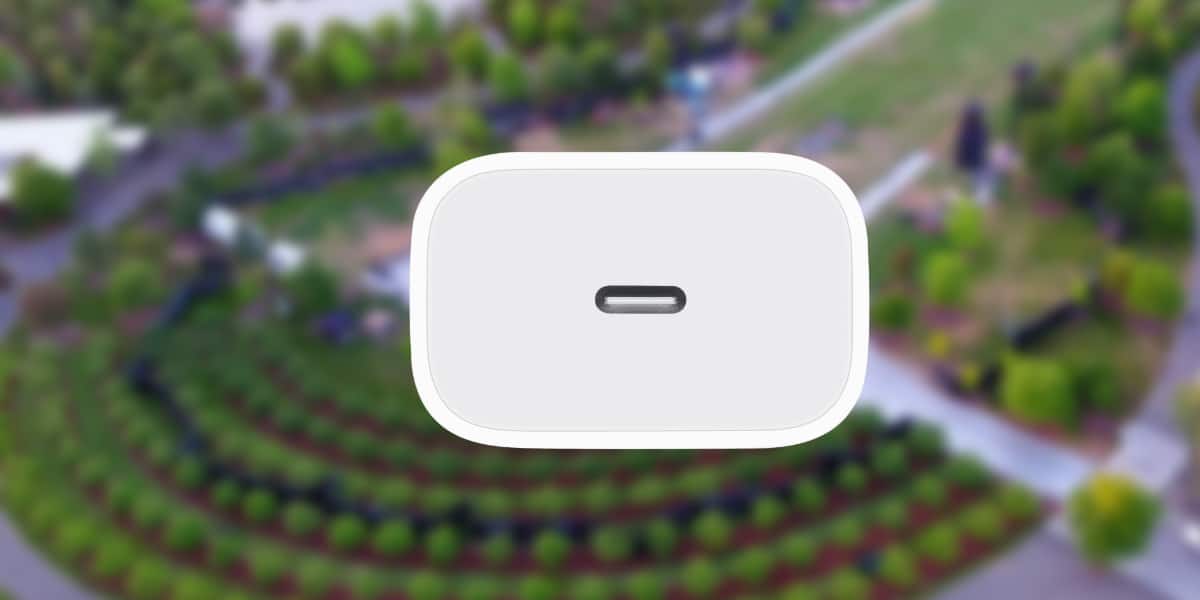
To put an easy to understand comparison, Apple explains it like this:
Thus Apple saves 2 million metric tons of carbon emissions each year, which is equivalent to take 450.000 cars off the road every year
Without a doubt, the data is shocking, although comparing phones and accessories with vehicles may sound somewhat demagogue, everything will depend on the point of view from which you look at it. In fact, the discourse of the Cupertino company fits perfectly with its recycling and normal operation policies, as when in its day it already included biodegradable or compostable packaging in its boxes.
Storing these iPhones with 70% more available space undoubtedly helps the company a lot to avoid emissions in transport, the company will be able to transport the same iPhones but using much fewer planes, trains or trucks, which is undoubtedly a notable benefit. at the emissions level.
The contradictions
Let's start with the basics. It is clear that the Cupertino company has a certain commitment to the environment, at least that is how it expresses it in certain situations. However, he does not differ much from his position regarding certain tragedies such as the earthquake in Haiti or the floods in New Orleans.
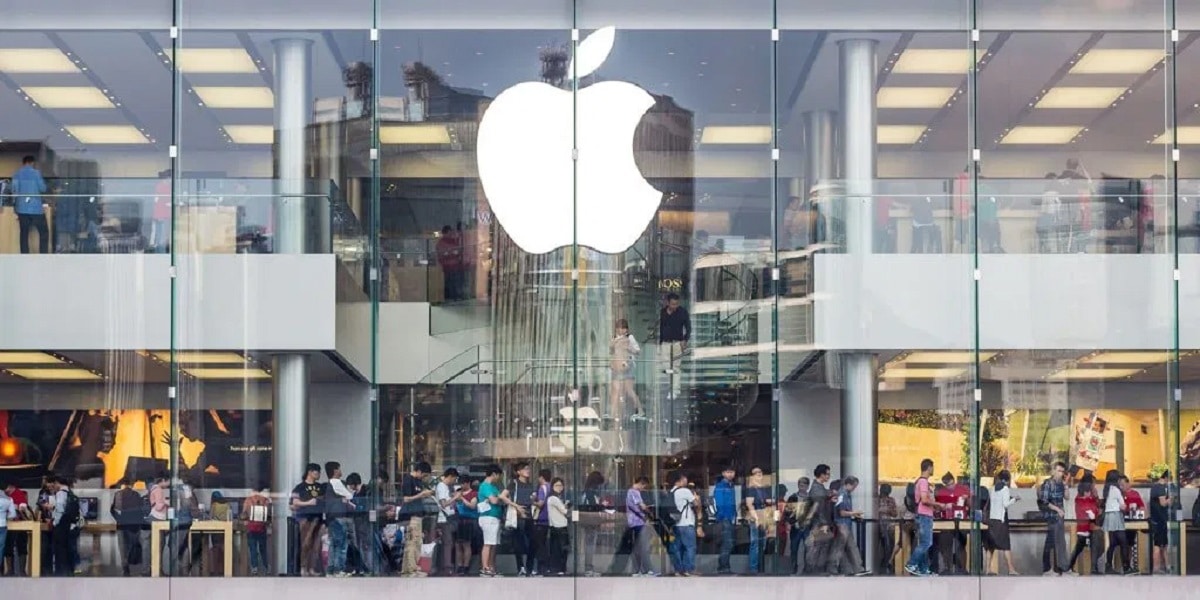
Meanwhile The Cupertino company resides in a country like the United States of America and has never taken a position on the decision of the North American government not to sign the Kyoto Protocol. But not only that, Apple also manufactures for a long time in China.

China is responsible for precisely 26,6% of the gas emissions that affect the "greenhouse effect", closely followed by the United States of America, both far behind continents like Europe in terms of statistics. It is clear that it is easier to confront users than governments.
The Lightning cable problem
As we well know, While in the iPad Pro, iPad Air and MacBook the Cupertino company has opted for USB-C, the most versatile connection available. However, on the iPhone she is still determined to use the Lightning port.
This is how the iPhone continues to use the Lightning despite the fact that last year in the Pro range the iPhone included a USB-C to Lightning cable along with a compatible charger. The same did not happen with last year's iPhone 11, which included a USB-A to Lightning cable along with the classic 5W adapter. with standard USB-A port.
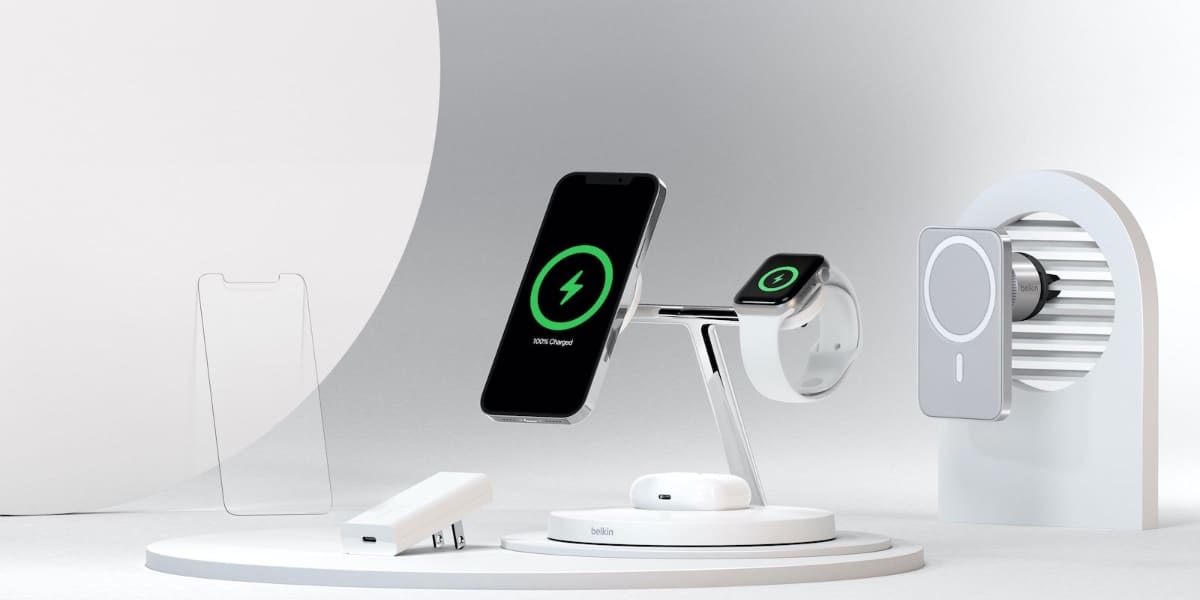
In fact, even the new Apple Watch Series 6 still includes a USB-A cable for charging, which is really inconsistent. Yes, of course there will be 2.000 billion chargers out there, but at least 1.900 billion are not even compatible with the cable that comes with the iPhone 12 in its box.
This inevitably leads us to think one thing: Apple wants to create the need for you to buy a new USB-C charger. However, an "advantage" for calling it in some way that we have a Lightning port is that we will be able to use our veteran 5W charger to carry out a slow and friendly charge. And now I wonder, if I really wanted to pollute less, Shouldn't it have a USB-C port that allows you not to purchase new products?
The same happens with the fact that the same day that Apple decides to remove the charger from the box, it invites you to purchase a MagSafe adapter whose cost is notably higher and that clearly due to its elements and dimensions will be much more polluting than a simple USB-C to Lightning cable. Ultimately, this is another of those hilarious Apple inconsistencies.
Was it really necessary?
Let's face it, users don't throw away their chargers if they are working properly. I will not deny that many of us cannot have two or three chargers in a drawer, something that certainly comes as a luxury to have one at home, another at work, another in the kitchen ... Something that seems like an advantage to me.
Therefore, we are not actually producing "garbage" since we are not getting rid of it, something that many users do with their mobile phones while they are still working, such as when your screen breaks and the repair cost is so absurdly expensive that it pays to buy a new one.
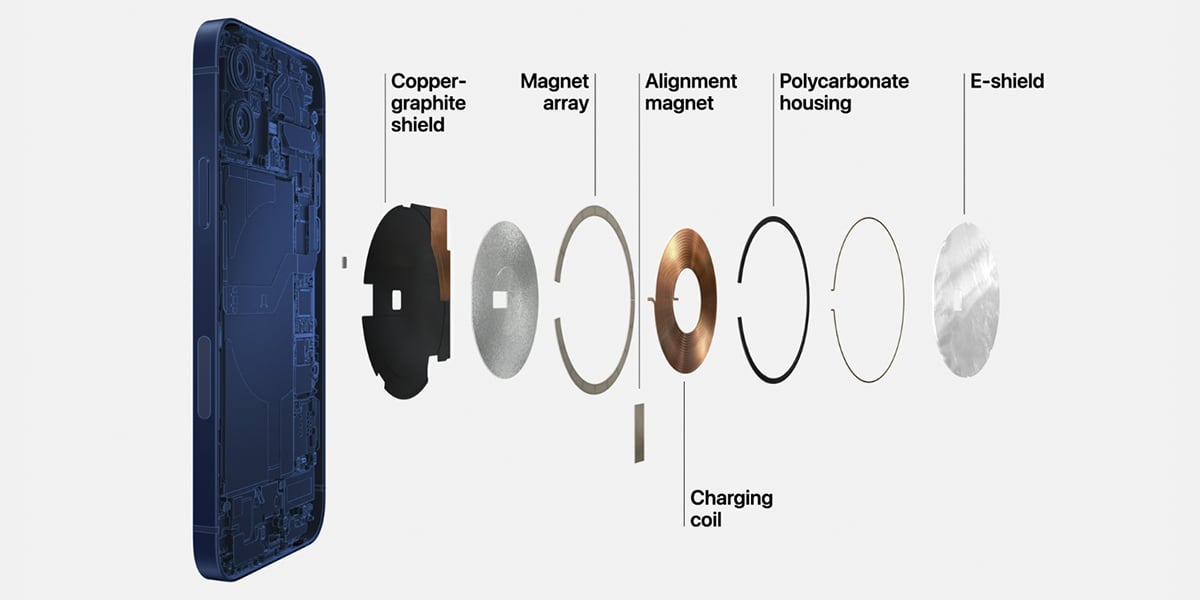
These lines serve to make something clear, I am not against Apple taking measures to take care of the planet, I am not a climate change denier, and I take the measures that I consider necessary in my day to day to contribute to the cause. Nevertheless, I do not think that Apple should hang a medal that really belongs to the users, we are the ones who are going to suffer the consequences of their decision, and no one has consulted us.
This is not like when Apple adopted the Lightning port instead of USB-C, this is not like when Apple eliminated the Headphone Jack, here Apple has not been able to set the times well.